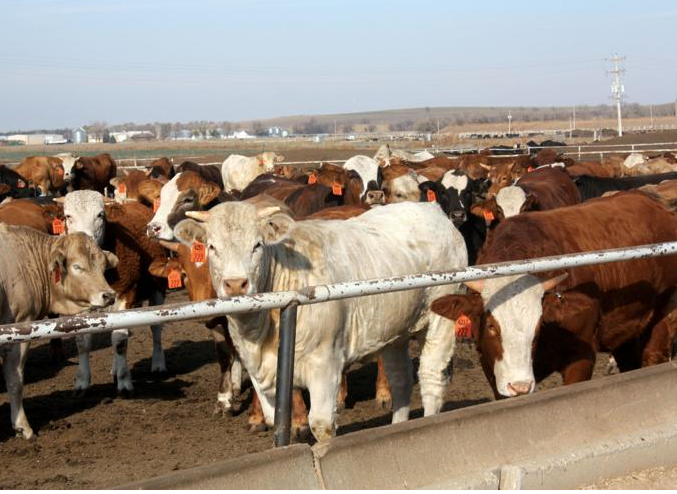K-State beef cattle experts offer tips on caring for thin cows
MANHATTAN, Kan. — While many are now evaluating their own post-holiday body condition and see the need to make some scale adjustments, this is also the time for cattle producers to evaluate the thinness of cows in the beef herd, said the experts at the Kansas State University Beef Cattle Institute.
Speaking on a recent Cattle Chat podcast, the group agreed that the target body condition score for a beef cow mid-gestation is five or six. Anne Koontz, Alltech senior research scientist was a podcast guest and explained the reasoning for this target score.
“For each body condition score that is below a five or six, there is a 10-20% drop in the return to cyclicity and rebreeding success,” Koontz said.
Veterinarian Brian Lubbers said the thin cows not only present a concern with rebreeding but also in meeting the demands of the current pregnancy.
“In mid- to late-gestation, the energy demands on the cow are increasing and so we want to make sure she is not too thin going into that last trimester,” Lubbers said.
With spring calving cows, there is still time to make those weight adjustments, said veterinarian Bob Larson.
“For cows that need to gain 100 pounds in 60 days, they will need to gain a little more than a pound a day and that can be done by feeding high quality forage or additional supplements to get them to that goal weight,” Larson said. “If poor quality forage is the only option, it will take a fair amount of supplement to gain a little more than a pound a day, but it is do-able.”
He suggested feeding thin cows energy cubes, distiller’s grains or soybean hulls as supplements.
To help save on costs, the experts agreed that pulling thin cows from the rest of the herd may be an economical way to save on feed expenses, but there is an additional labor cost that comes with this management strategy.
“If I have a group of thin cows, it may make sense to feed them separately, but if I only have one thin cow, the cost of the labor may outweigh the benefit,” said veterinarian Brad White.
White added: “You’ve got time to get weight back on those thin cows, but if you wait until they calve to get body condition on them, it will be too late.”
To hear more of this discussion, listen to the Cattle Chat podcast online.
-30-
FOR PRINT PUBLICATIONS: Links used in this story
BCI Cattle Chat podcast, https://ksubci.org/2021/12/31/calving-timing-breeding-heifers-body-condition-score-timing/
K State Research and Extension is a short name for the Kansas State University Agricultural Experiment Station and Cooperative Extension Service, a program designed to generate and distribute useful knowledge for the well being of Kansans. Supported by county, state, federal and private funds, the program has county extension offices, experiment fields, area extension offices and regional research centers statewide. Its headquarters is on the K State campus in Manhattan. For more information, visit www.ksre.ksu.edu. K-State Research and Extension is an equal opportunity provider and employer.
Story by:
Lisa Moser
785-532-2010
lmoser@ksu.edu
More information:
Bob Larson
785-532-4257
rlarson@vet.k-state.edu
Brian Lubbers
785-532-4012
blubbers@ksu.edu
Brad White
785-532-4243
bwhite@vet.k-state.edu



